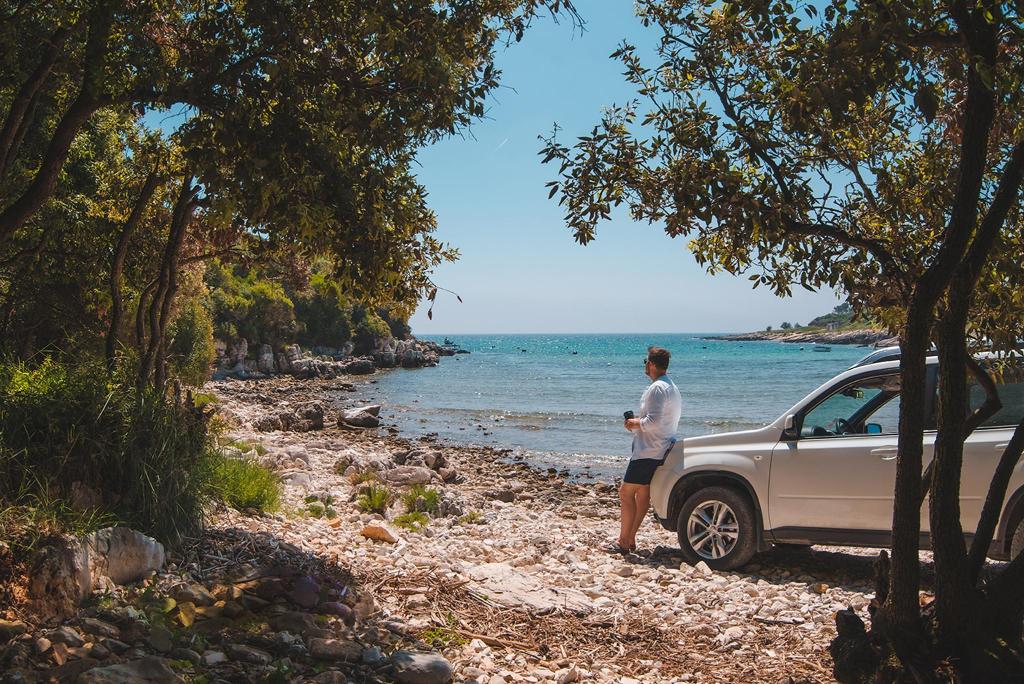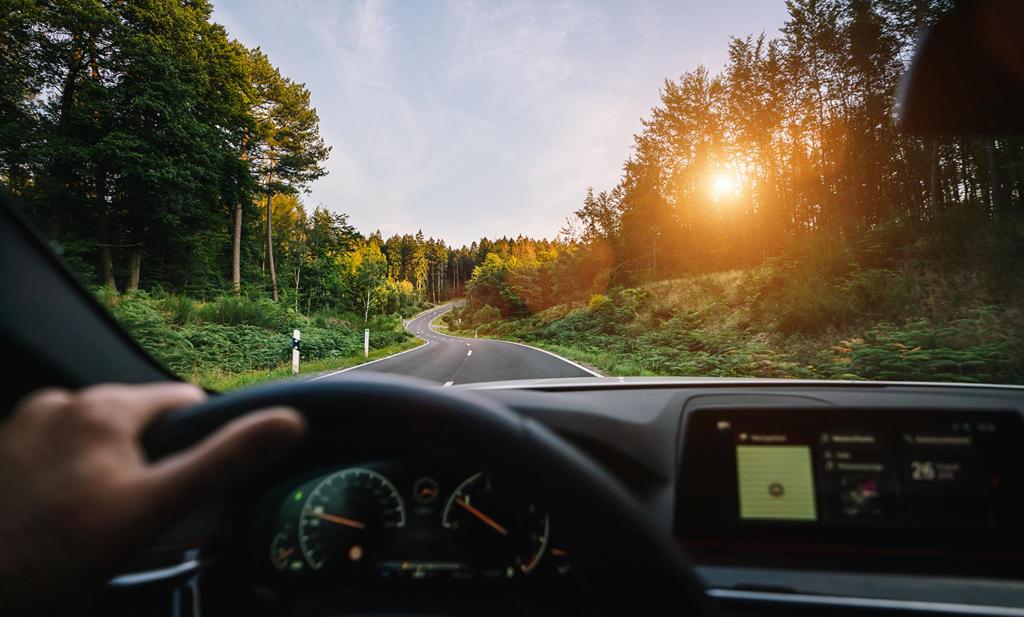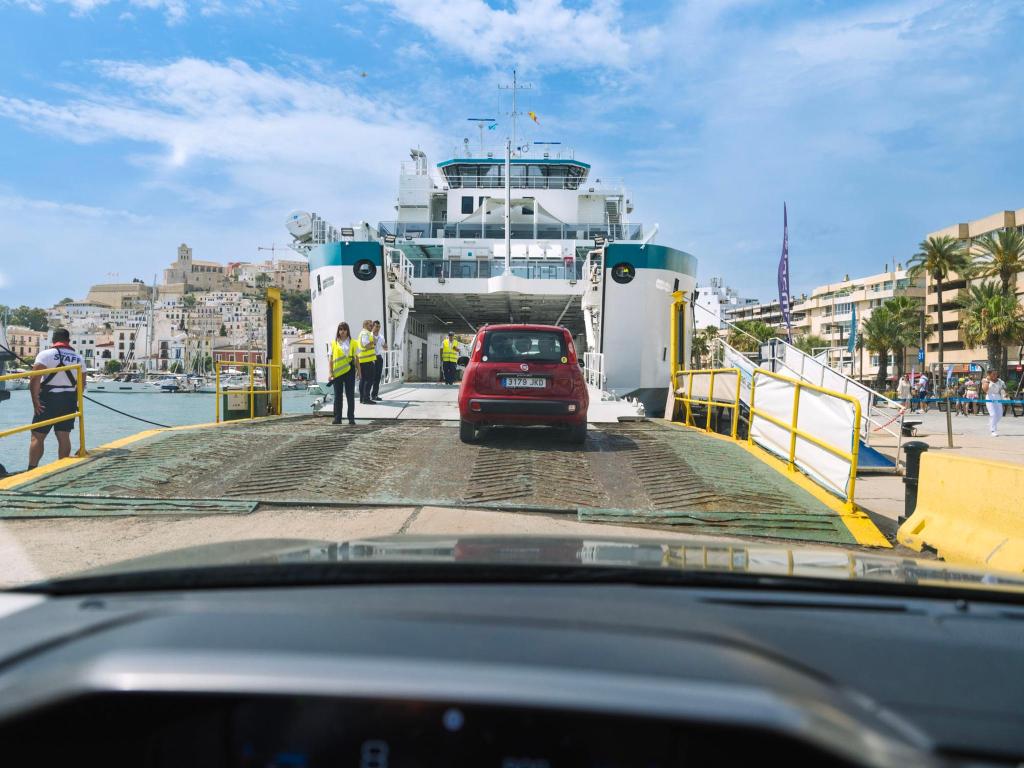
Winterization Fee and Whether You Need To Pay It
Understand winterization fees when you rent your next car. Learn about:
- Mandatory and optional fees.
- Snow tires, snow chains and snow socks.
Traveling in winter is a wonderful experience, but it’s not without its challenges. The snowy landscapes and secluded beauty come with freezing temperatures, slippery roads, and unpredictable conditions. The last thing you want is to be unprepared – be it you or your car. This article explains why car rental companies charge a ‘winterization fee’ and how it protects you.
Understanding winterization fee

Driving a car in severe weather conditions is different from driving when it’s dry and mild out. The vehicle needs to safeguard against icy roads and safely drive through snow, which regular cars aren’t designed to do. Car rental companies often charge an additional ‘winterization fee’ during the colder months to equip the vehicle for driving in winter conditions. This can include outfitting it with winter tires, snow chains or socks, and other necessary safety equipment. Winterization may be a legal requirement depending on the country and driving location but the fee varies from company to company.
Mandatory and optional fees

Hidden costs sneak up on you and add up, making for a frustrating travel experience. It’s best to do a bit of research and be aware of any potential charges to avoid such situations. Knowing whether these fees are mandatory and if they’re included in your rental cost will help you make an informed decision and avoid any nasty surprises in the end.
- Mandatory: countries that experience severe weather conditions often have a legal requirement for vehicles to be winterized during a fixed period of time, such as from November to March or April. This regulation can differ depending on the specific region you’ll be driving in. If you weren’t told about a winterization fee when you made the booking, it could already be included in your rental cost. In regions where winterization is compulsory, many rental car companies build the cost into their rental price for those months. Check the terms and conditions of your rental agreement thoroughly to see if the winterization fee is included. If you don’t see it, it’s best to confirm with the car rental company if there’s a per-day winterization fee you’ll have to pay later so you can plan accordingly.
- Optional: if the rental company is not legally or otherwise required to winterize their cars, they may offer it as an optional service. If you don’t want winterization, you can discuss this with the company during the booking process or when you pick up the car. Depending on the company’s policy and the weather conditions in the area, you may have the option to decline the service. However, remember that if you choose to not pay for winterization, you could be held responsible for any issues related to winter driving conditions, including potential accidents or damage to the vehicle. Before you decide, have a chat with the car rental company to understand the pros and cons of winterization, along with any potential liability on your part.
An insight into why winterization is done and how it equips vehicles for the weather will help you understand what you’re paying for and whether or not you need it.
Winter tires
Winter tires, also known as snow tires, are specially designed for driving in cold weather, ice, and snow. They feature a tread pattern that provides better traction on slippery surfaces and are made from a rubber compound that remains flexible in low temperatures. Winter tires help improve grip and control, making them essential for safe driving in snowy or icy conditions. Winter tires are the most common things companies include in their winterization kit, and you can usually recognize them by the ‘M+S’ (mud and snow) or snowflake symbol branded on them.
Snow chains

If you’re driving in severe conditions, snow chains might be wrapped around your car’s winter tires for extra traction on snowy roads. The metal links or cables dig into ice or snow for a better grip, reducing the risk of slipping. Snow chains are designed for driving in really specific weather conditions, and if not used correctly, will potentially wear out or damage the tires. Not all rental companies offer snow chains as part of their winterization package, so checking this beforehand is a good idea.
Snow socks
Snow socks are a milder alternative to snow chains and are better suited for light snow conditions. As the name suggests, they’re made of fabric that fits snugly over the tire to improve traction and grip on slippery surfaces. While easier to install and remove compared to snow chains, they’re also less durable and quickly rip or tear if parts of the road aren’t snowy or icy.

- 나홀로 여행
- 도시 여행
기타 추천 콘텐츠
Learn more about the types of rental cars available when planning a vacation.
Your complete guide to understanding car rental fees, policies and optional add-ons to help you make informed choices.
Avoid common car rental pitfalls with our guide to the top 10 rental fails. Learn why people don't get their hire cars and how to ensure a smooth pickup.
Planning to choose an 'SUV' for your next rental? Get a clearer view of what an 'SUV' is with our handy guide.
How to avoid additional GPS/Sat Nav costs by using offline maps during your rental period.
Can I take my hire car on a ferry? Find out how to travel on a ferry with rental cars, the costs and ferry regulations for rental cars.








